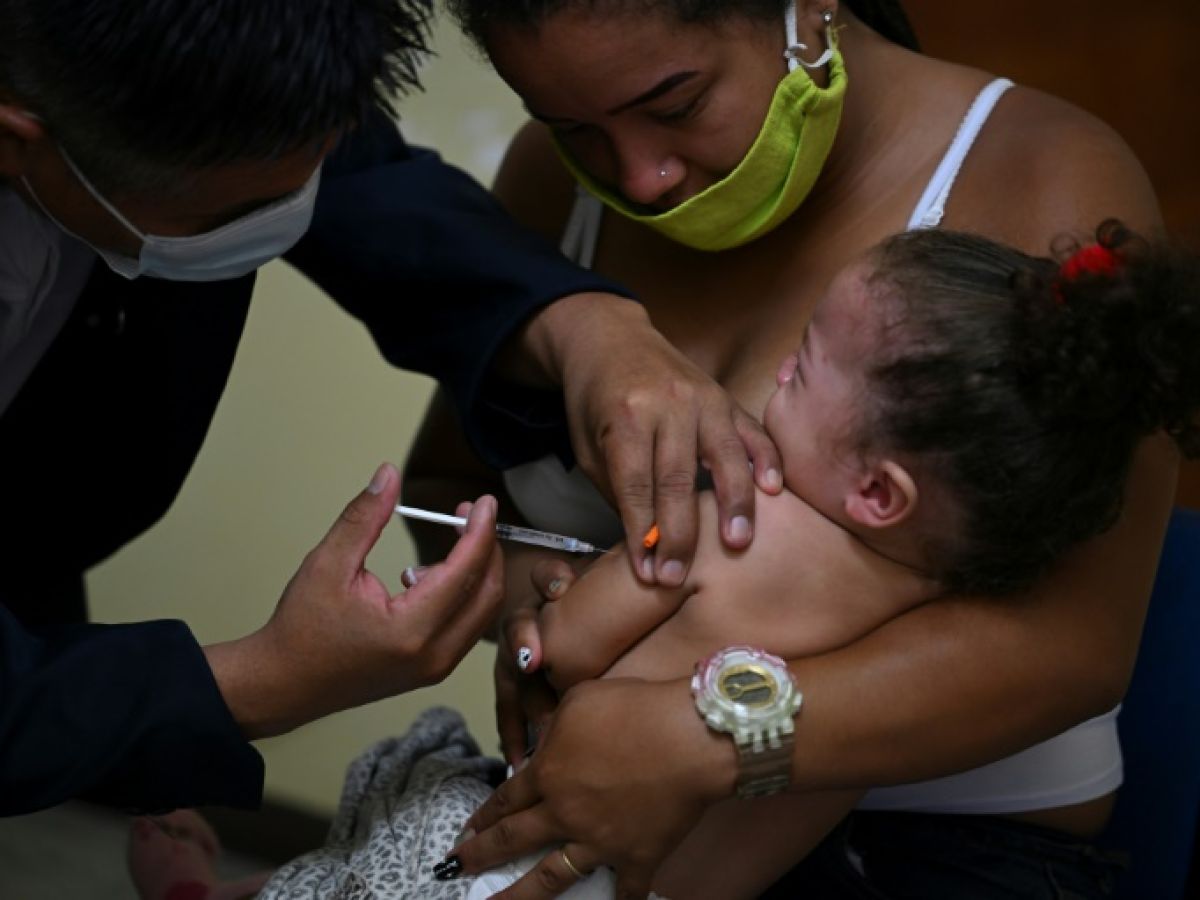The number of cases of measles, a highly contagious disease, is set to jump by 2013-2023 worldwide due to worrying gaps in vaccination coverage, according to a study published Thursday.
Some 10.3 million cases were recorded worldwide last year and 107,500 people died – mostly children under five.
"Inadequate vaccination coverage worldwide is the cause of this increase" of 20% in the number of cases, underline the authors of this study carried out by the World Health Organization (WHO) and the American Centers for Disease Control and Prevention (CDC).
Coverage of at least 95% with two doses of measles-rubella vaccine is needed to prevent outbreaks.
But only 83% of children worldwide received their first dose as part of routine vaccination campaigns in 2023. That is, the same level as in 2022 but less than the 86% before the Covid-19 pandemic.
Only 74% received their second dose last year, according to the study.
The authors identified significant measles outbreaks in 57 countries in 2023 – on every continent except the Americas and half in Africa – compared with 36 a year earlier.
The virus, which can cause rashes, fever and flu-like symptoms as well as particularly serious complications in young children, fortunately caused fewer deaths in 2023 (-8%).
The authors explain this trend mainly by the fact that the increase in the number of cases occurred in countries where children with measles were less likely to die due to better nutritional status and better access to health services.
WHO and CDC fear goal of eradicating measles by 2030 is "at risk."
“The measles vaccine has saved more lives than any other vaccine in the last 50 years,” said WHO Director-General Tedros Adhanom Ghebreyesus.
"To save even more lives and stop this deadly virus from harming the most vulnerable, we must invest in vaccinating every person, no matter where they live," he insisted, quoted in a press release.
WHO and CDC call for increased efforts to ensure all children receive two doses of vaccine, particularly in Africa and the eastern Mediterranean, as well as in conflict zones.

